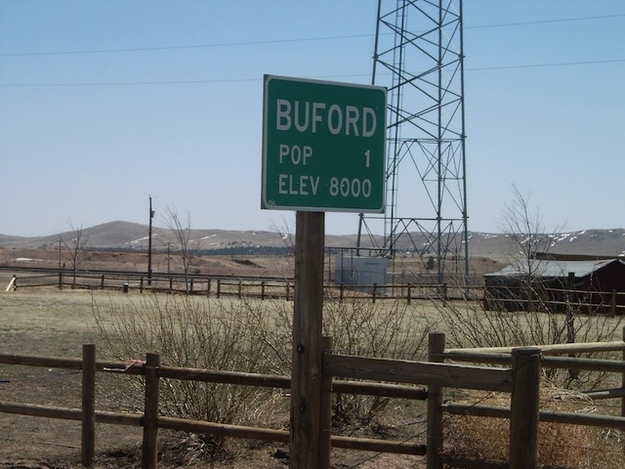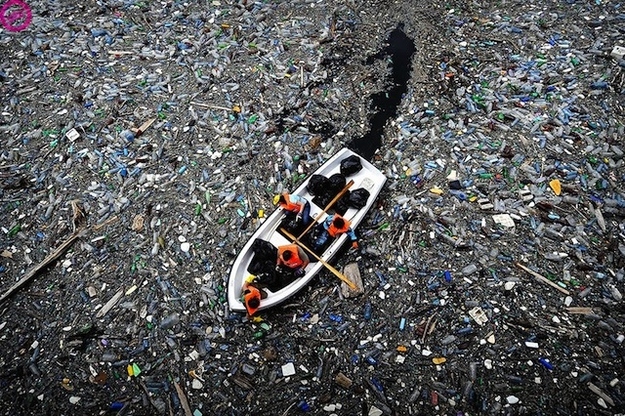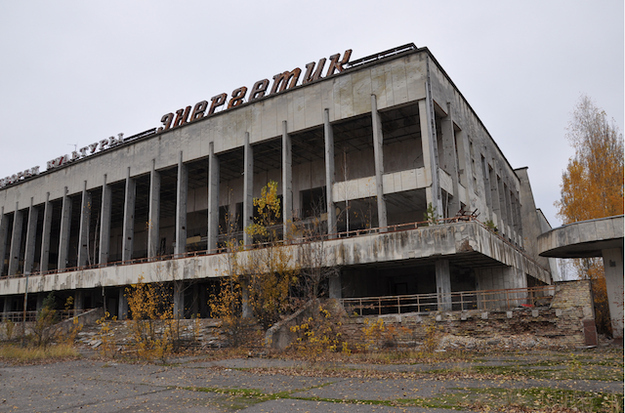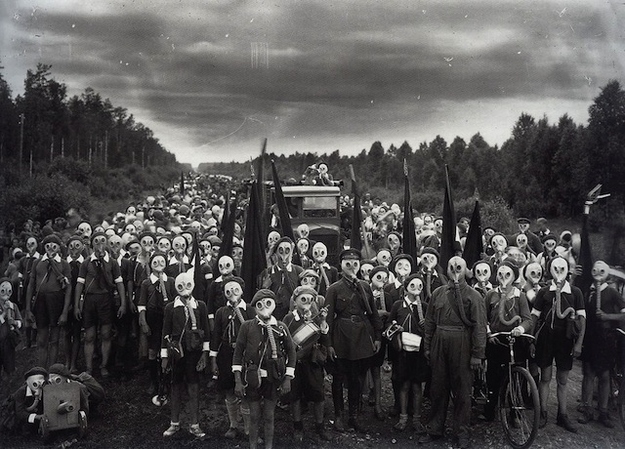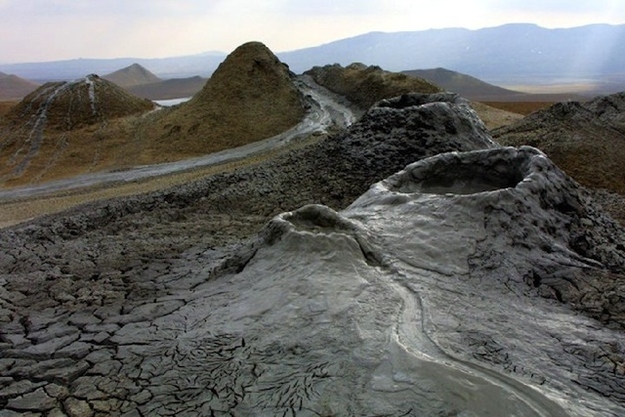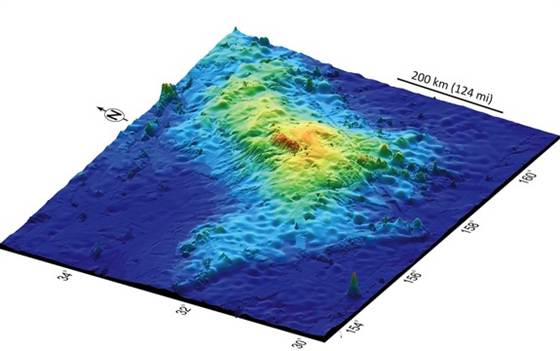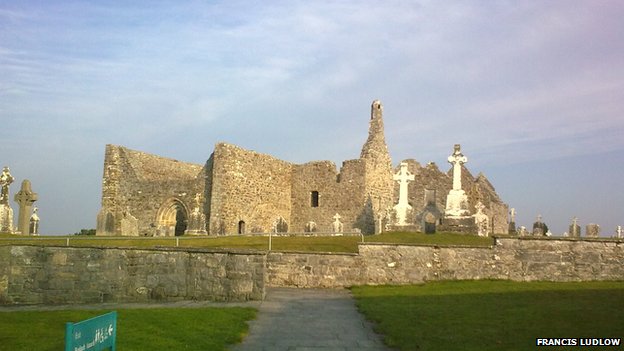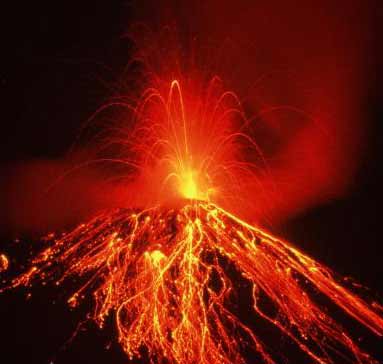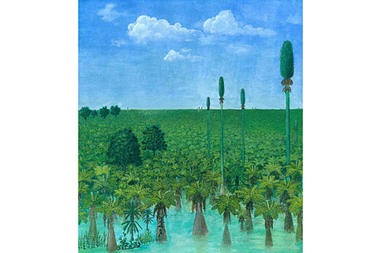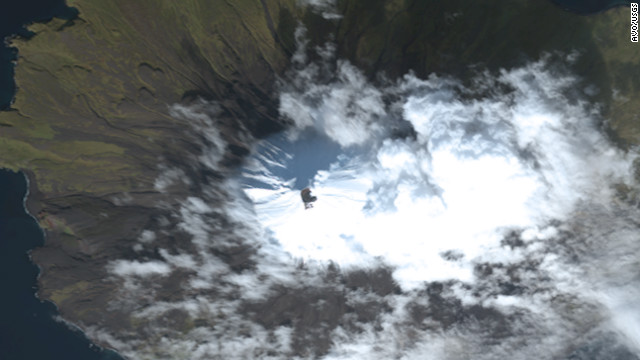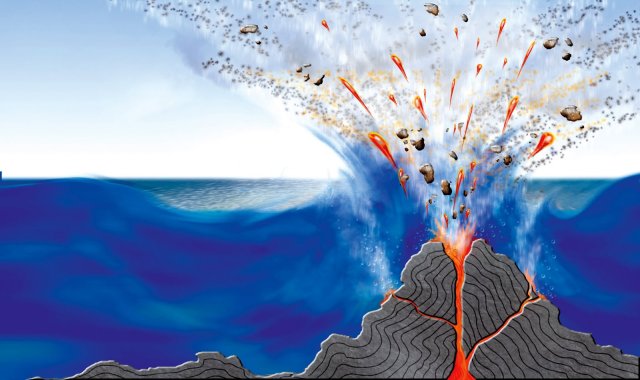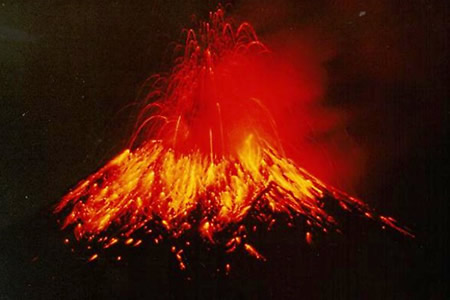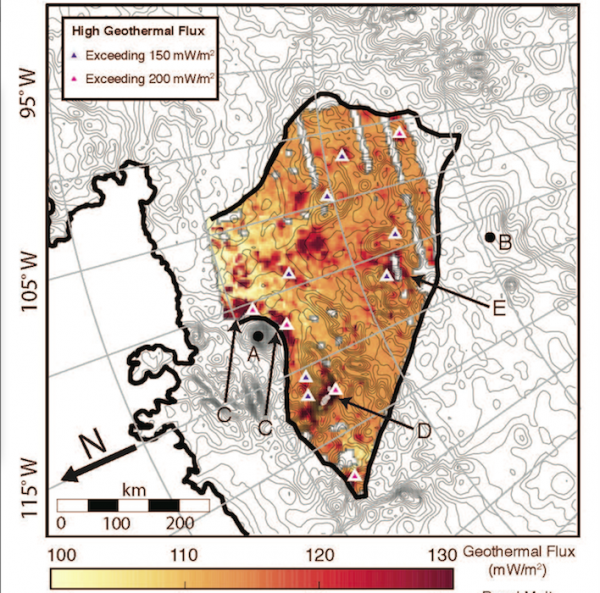
Glaciers in Antarctica are being melted not only by warmer ocean waters but also by underwater volcanoes, a change in our basic understanding of what’s happening underneath West Antarctica’s ice sheet, scientists say.
Geothermal heat from underneath is helping melt the region’s Thwaites Glacier, in the headlines recently for its rapid melt and retreat, researchers at the University of Texas at Austin say.
Scientists in the university’s Institute for Geophysics say they used ice-penetrating radar aboard aircraft to find significant geothermal heat sources — hotter and spread over a broader area than previously thought — underneath the glacier.
Caused by magma moving underground and volcanic activity associated with that movement, geothermal heat might represent a significant factor in changing the stability of the ice mass above, they researchers reported in the Proceedings of the National Academy of Sciences.
Rather than a uniform region of heat beneath, like a pancake griddle, geothermal sources under the Thwaites Glacier more resemble a stove top with a multitude of burners emitting heat in different locations and at different levels, research scientist Don Blankenship says.
“It’s the most complex thermal environment you might imagine,” he says. “And then you plop the most critical dynamically unstable ice sheet on planet Earth in the middle of this thing, and then you try to model it. It’s virtually impossible.”
The geothermal heat under the glacier averages around 100 milliwatts in each square meter, the researchers said, with some hotspots putting out 200 milliwatts per square meter.
Under the Earth’s other continents the average is less than 65 milliwatts per square meter, they said.
The Thwaites Glacer is an outflow glacier — pushing into the Amundsen Sea — that is the size of Florida and hold the key to trying to predict possible future rises in sea levels, they said.
Studying it could help yield clues to the future state of the entire West Antarctic Ice sheet, they added.
A complete collapse of Thwaites Glacier could push global sea levels up by three to six feet, and a melting of the entire ice sheet could double that, the researchers said.
The combination of warm ocean water and underlying geothermal heat makes the future of the glacier difficult to predict, lead study author Dusty Schroeder says.
“The combination of variable subglacial geothermal heat flow and the interacting subglacial water system could threaten the stability of Thwaites Glacier in ways that we never before imagined,” he says.
http://www.techtimes.com/articles/8268/20140610/underground-volcanoes-spur-antartic-glaciar-melt.htm

